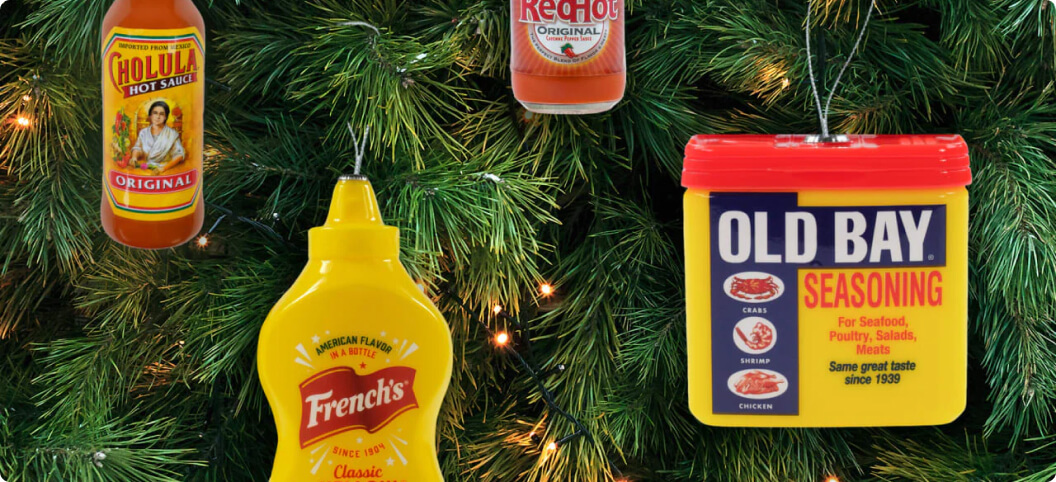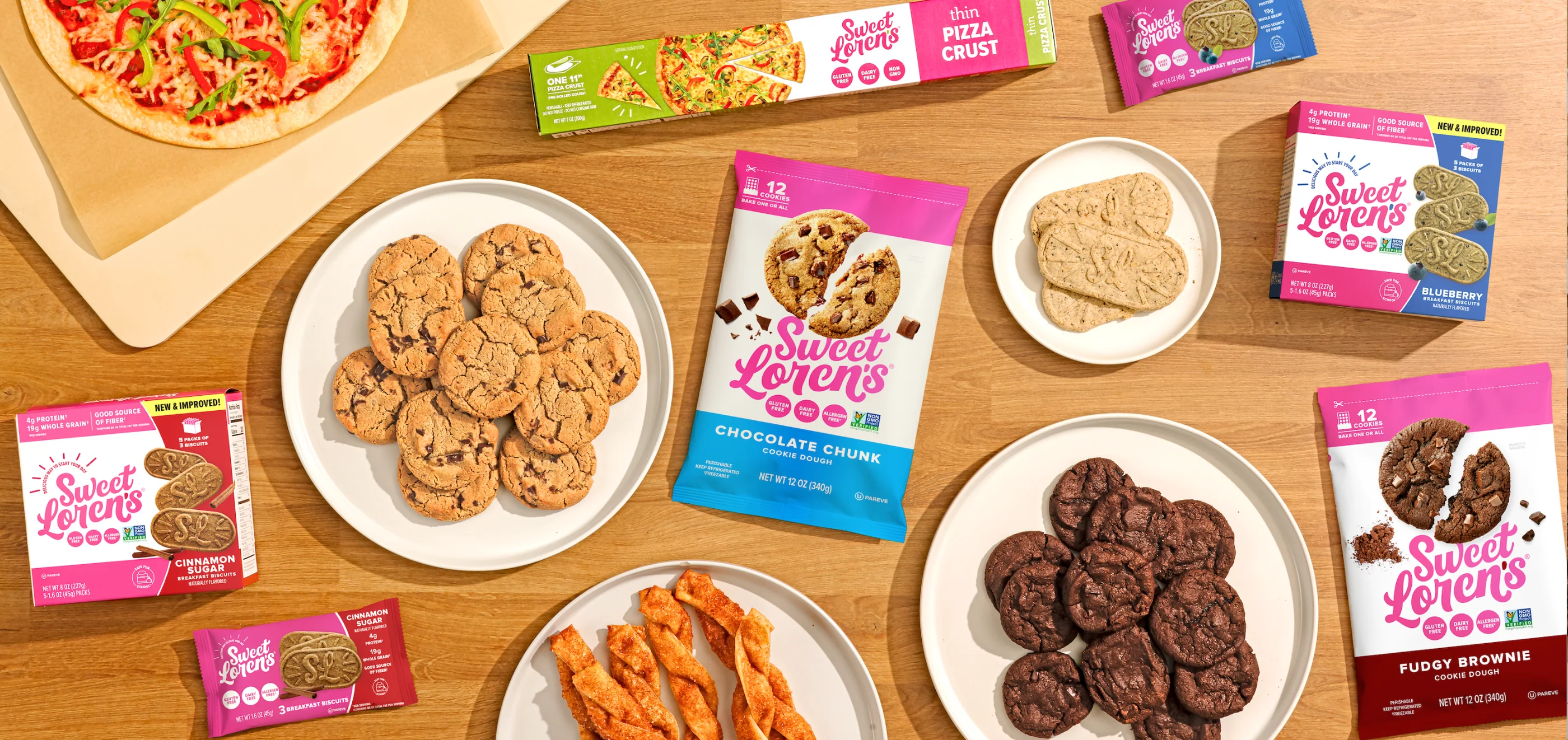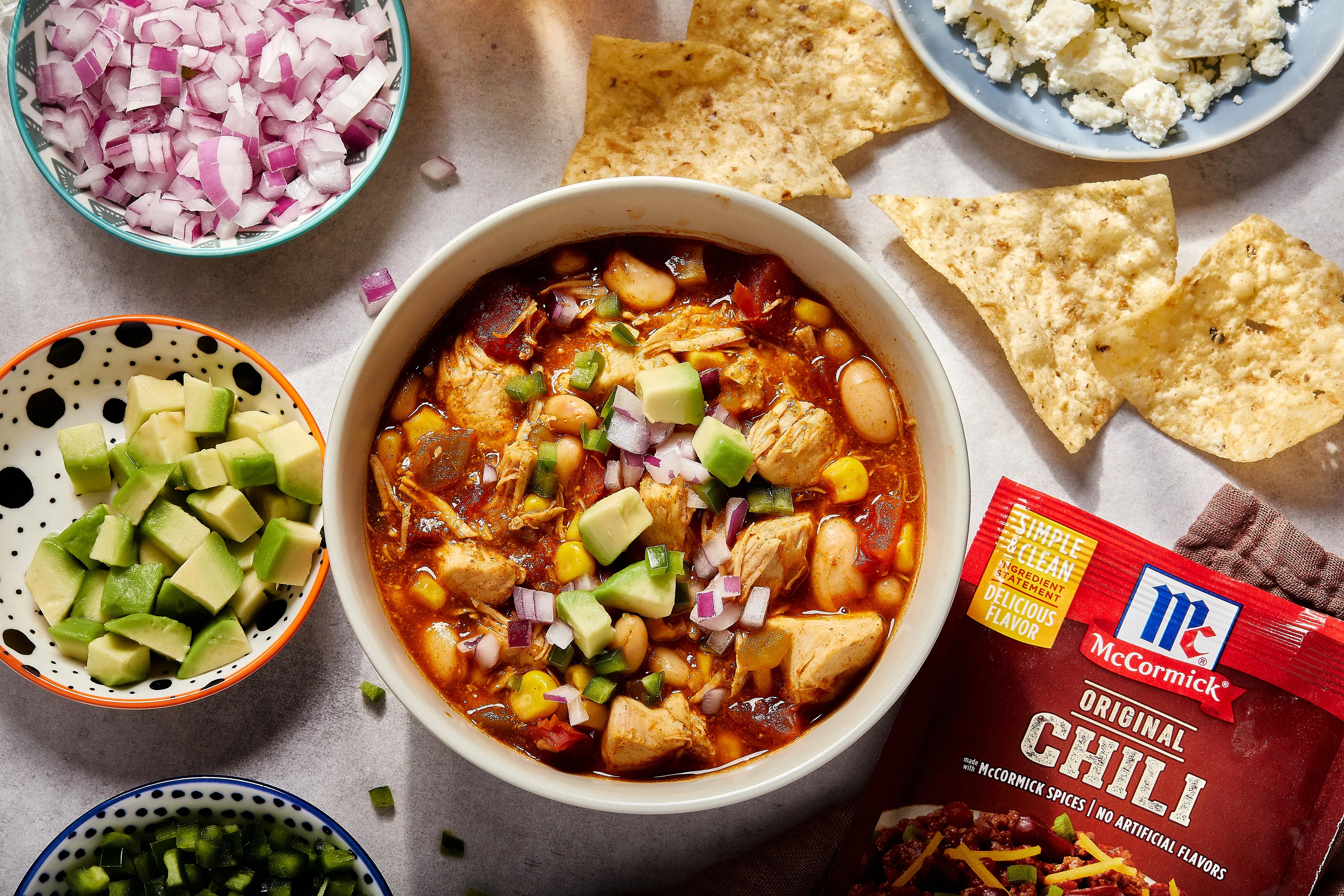By clicking “Accept”, you agree to the storing of cookies on your device to enhance site navigation, analyze site usage, and assist in our marketing efforts. View our Privacy Policy for more information.
6 Ways To Level-Up Your Rewards Experience Using LoyaltyLion
Loyalty is important to maintaining a successful business. Existing customers are more likely to buy your product and cost less in advertising, which means more reliable profits.
Enter the loyalty program: a strategy for encouraging repeat purchases by offering people a reward for their dedication to the store.
To start a program, ecommerce businesses can leverage loyalty and engagement platforms like LoyaltyLion, which provide the tools to create key components of the program such as earning points, leveling up, and redeeming points.
LoyaltyLion’s platform can be styled to fit your brand and also gives you the option to use their scripts to create new features. This allows businesses to customize the loyalty experience for their customers based on the interactions and rewards that mean the most to them.
Whether you’re creating a new loyalty program, or reworking your existing one, here are a few recommendations for how to level-up your loyalty experience on LoyaltyLion:
Optimizing the tiers section for mobile
Each tier of a loyalty program has different benefits (also known as perks), and the more you earn the higher your status can be. This is typically represented as a chart, and displays a comprehensive overview of all the perks. While this large amount of information is perfect for a desktop device, it can appear illegible or get cut off in the viewport on mobile.
One way to solve this issue is by introducing tab functionality to the Tier Compare module on mobile. By hiding inactive columns at small breakpoints, you can consolidate the display of these tiers on the front-end and simplify the appearance of the section.

Using “customer points” to calculate upcoming rewards
A key component of every loyalty program is the exchange of points to rewards. Whenever a user makes a purchase or completes a task, they earn points which can then be redeemed for products, discounts, or other exclusive features.
By integrating callouts that show the users next reward in key shop pages, you incentivize them to transact. Using LoyaltyLion’s customer points value and comparing it to a list reward costs, you can calculate the difference between these two numbers and display this messaging anywhere on your site.

Color coding the rewards history section
The History Table section of a loyalty program provides a detailed breakdown of every transaction the user has made in their account. While this isn’t the most engaging section on the page, it provides value to a user who might be wondering why their points expired, or exactly how they earned 20 points (in case they want to keep earning more). While we want this section to cover all the details of the transaction, it’s important that this doesn’t become overwhelming and hard to digest.
Color coding transactions or adding an image using Shopify’s file database can improve the legibility of the list and aid in recognizing a transaction.

Displaying rewards as “locked” or “unlocked”
It’s equally important to make your loyalty program both easy to use and fun to interact with. Styling rewards as locked or unlocked using LoyaltyLion’s HTML classes is a small way to gamify the loyalty experience and incentivize customers to reach new tiers.
As a plus, it helps add a clear visual cue to what rewards someone has available on a mobile screen with less real estate.

Featuring perks in the dashboard
A loyalty dashboard acts as a central location for the user to check-in on their status, and gives the brand a chance to show something new to the user. By adding upcoming perks to this section, you can encourage the user to increase their points balance in an effort to reach the next tier.

Creating additional opportunities to earn points
By creating multiple opportunities for customers to earn points, you increase repeat visits to the program and can extend the user’s time on the website. Adding custom integration options such as “ answer a question” or “fill out a survey” to LoyaltyLion’s Rules list will also collect more customer data, which can be used as targeting metrics in an email campaign.

Interested in learning how Loyalty programs can benefit your business?
Reach out at newbiz@barrelny.com.
Posted on
October 25, 2021
Interested in collaborating on a project?
Get StartedLatest Updates

Bringing a Cohesive Holiday Experience to the McCormick Shop
News

Anthony’s Goods Grows Revenue 22% With New Site and Media Strategy by Barrel and WITHIN
News

Inspiring Mealtime Creativity With Cabot’s New Recipe Experience
News

Bringing Sweet Loren’s Joyful Rebel Brand to Life Online
News

GEO: The Next Frontier for CPG Brands in the Age of AI Search
Insights

Fueling while on earth's Growth with Christian McCaffrey On Board
News

How We Leveraged User Testing to Redesign McCormick’s Recipe Experience
News

Khloud Expands Its Product Line With Single-Serve Popcorn Packs
News

.jpeg)
